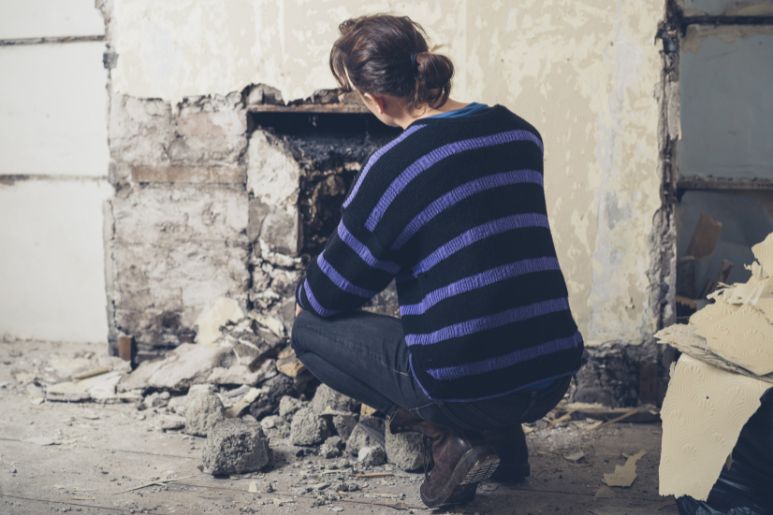
DIY Fireplace Repair: Must-Know Tips for Every Homeowner
Fireplaces are integral to many homes, providing warmth and atmosphere throughout the year. However, if not properly maintained, they can become a safety hazard, so homeowners need to know how to repair their fireplaces safely and efficiently. You should never attempt DIY fireplace repairs without proper knowledge or equipment, as this could put you and your family at risk. Here’s a guide on DIY fireplace repairs and some must-know tips for every homeowner.
Mortar and Brick Repair
The first step when performing DIY repairs on your fireplace is removing any old or damaged mortar that may be present between bricks. You can do this by using either a hammer and chisel or by gently scraping away with the edge of your trowel until all debris has been removed completely cleanly. Afterward, you can begin installing new mortar into place. Mix equal parts sand and cement before adding water in small amounts until it forms an easily spreadable paste. Once it’s mixed correctly, you’ll need to apply this onto each brick individually using your trowel in an even layer about 1 cm thick. Make sure not to use too much pressure when applying.
Masonry Cleaning and Sealing
Masonry cleaning and sealing is another important step in maintaining the safety of your fireplace. You should perform it regularly to prevent any buildup of soot or debris, which can cause smoke levels to increase within the home environment. The necessary tools and materials for this job include a stiff brush or wire brush and a masonry cleaner designed specifically for fireplaces. Once the fireplace has been thoroughly cleaned, seal the brickwork with a waterproof sealant such as silicone caulk. To apply it correctly, first, fill all gaps between bricks before smoothing out any excess material with your finger. Then, allow sufficient drying time (about 24 hours) before continuing with other repairs.
General Maintenance
Regularly maintaining your fireplace is key to ensuring it runs safely and efficiently during the colder months. This process involves periodically inspecting all components for signs of wear or damage, such as grates and ash pans, which should be replaced if necessary to maintain optimal operation. Additionally, it’s also important not to forget about the chimney cap since this can become clogged with debris over time. A good rule of thumb is to have your chimney swept by a professional at least once a year so any blockages due to buildup are removed before they cause an unsafe situation.
Now that you have some helpful tips for DIY fireplace repairs at home, you can use these strategies today. If you need to repair your mantel during the process, check out Right On Bracket’s durable selection of modern shelf brackets.


